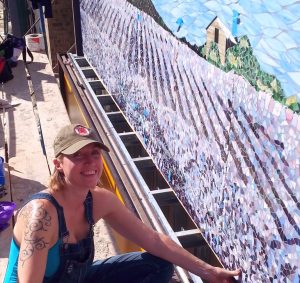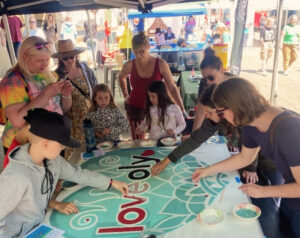In my first blog on this topic, I wrote about learning to look at things more deliberately as a first step in developing artistic skill. Over the past few days, I became absorbed in a puzzle. I realized that puzzles are a really great “seeing exercise.” You have to study the whole image carefully, examine each piece very closely, remember subtle elements that you looked at earlier – maybe a day or more – and remember where those elements were located. You might pick up this little fragment and recognize a small shape or texture connected to a piece you placed before. If you are an aspiring artist, looking carefully at everything around you and storing those images is important.

Now, to start identifying your style, I encourage you to collect images. Go to museums when you can, and when you can’t, look at art online or in books and magazines. Magazines are great because you can use them for making scrapbooks of your favorite things. When I was a budding artist, I kept a big scrapbook of things I liked, sometimes organized, sometimes a mishmash. This included colors, patterns, specific artworks, even snippets of things from advertisements or illustrations that appealed to me. Find the things you like and glue them onto pages that you can reference later. Pinterest can be useful, but I think having an analogue collage is better, in part because you use your own hands to make it; an act of creativity in itself.
Make a note of the color schemes that speak to you. Think about what colors mean to you and how you react to them. You may love neutrals and natural materials. Or you may be like me and get an actual endorphin high from certain colors and complimentary color combinations. Colors will distract me while driving; especially blue and teal. (As I write, I am surrounded by walls painted sunny yellow, apple green, cosmic blue, pale turquoise and hot pink. Some people find it overwhelming, but I love it.)
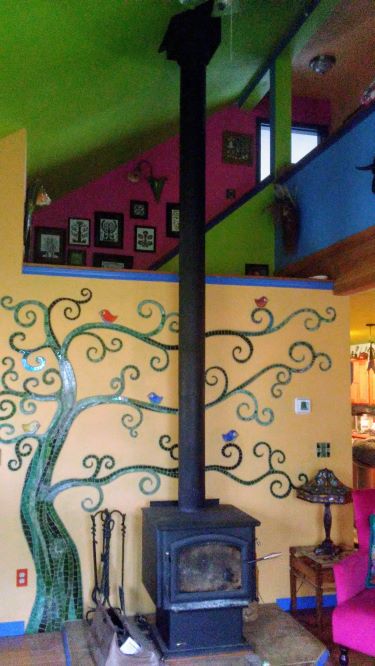
Identify shapes that appeal to you. Think about what the significance is for you. For example, I once got into a deep conversation with a fellow artist about our favorite shapes. His was a circle. He expounded on the simplicity, the fact that it represents both wholeness and nothingness, that it is continuous and connected. He expressed a profound emotional connection to the circle. My favorite shape is a spiral. I love that it circles around, but is always moving inward or outward, and in many cases, upward. I adore tendrils and the sense of reaching and growth; aspiration and hope. Spirals appear in fronds and shells, among other things, and I incorporate them into my work quite a bit. Think about shapes and symbols and themes that feel meaningful to you. Draw them and write about them and talk with willing friends who don’t think you are a complete weirdo for being in love with a shape.
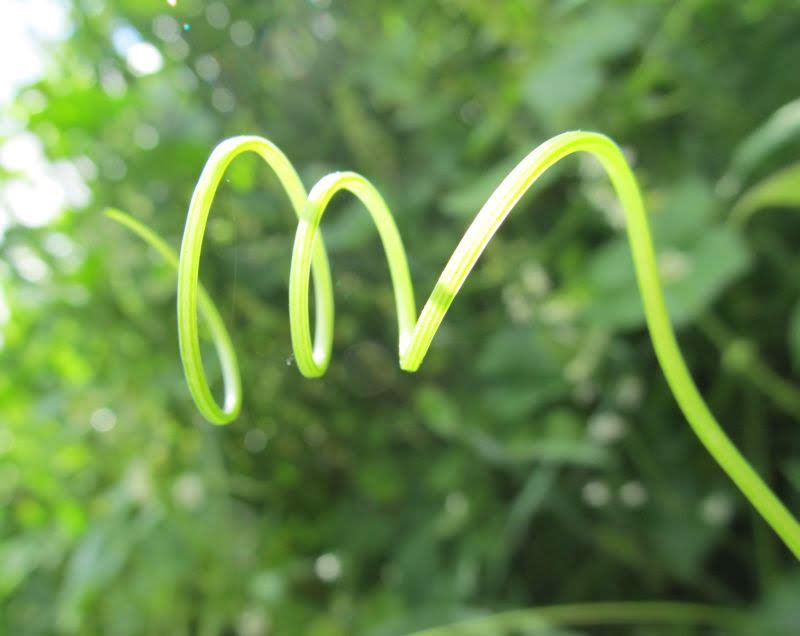
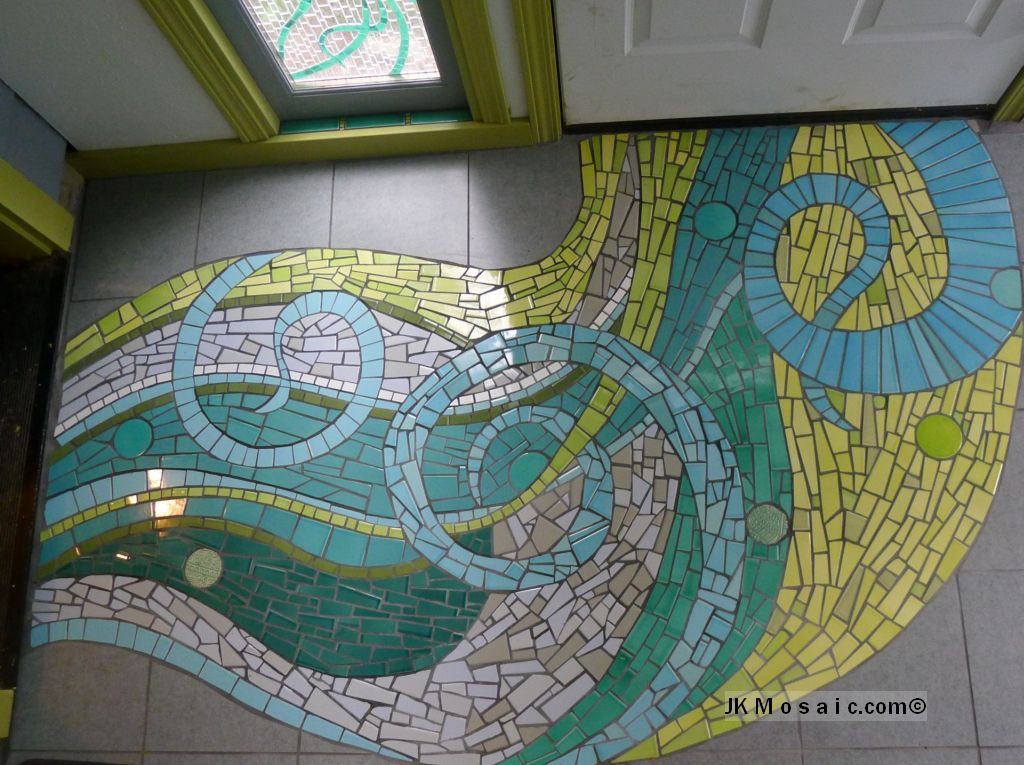
As you collect visual elements and think about what excites you and why, your aesthetic will begin to take shape. You will find you are pulled in one or two general directions, and this is going to lead you toward your own unique artistic voice. I’m not saying it will happen quickly, but if you pay attention to what intrigues and delights you, it will show you the way.
I’ll write about more active exercises to pursue your personal style next time. I have no idea whether this series is of interest to readers, but I am enjoying writing it out. Thanks for reading!




